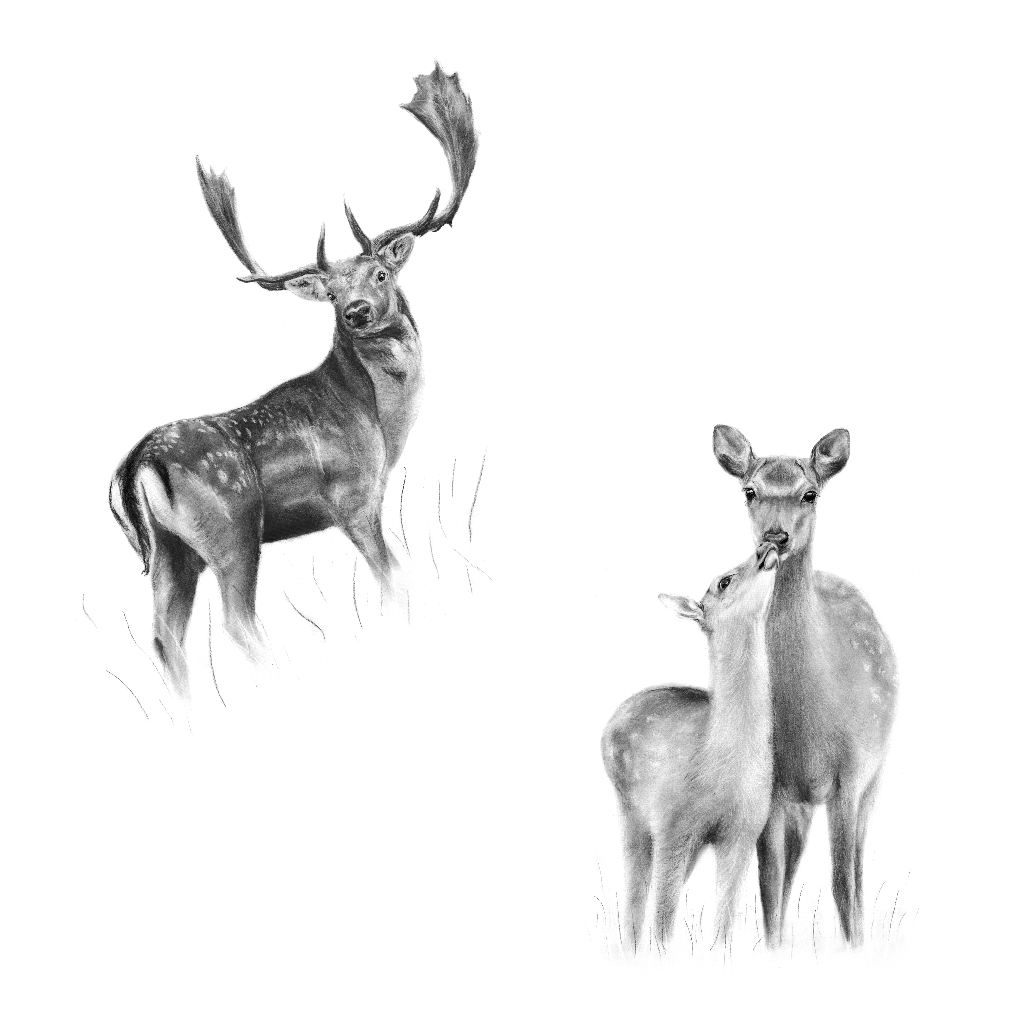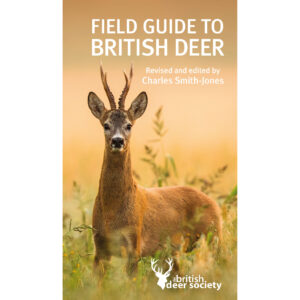ABOUT chinese water deer
Chinese water deer are a small deer species around 0.50m to 0.55m tall at the shoulder. When fully grown bucks weigh between 11 to 18kg. By comparison, an average adult man in Britain is 1.77m high and weighs 79kg.
Male water deer are called bucks, females does and the young fawn.
They are a russet brown colour for most of the year, their coat turning a dull grey in winter. In addition, they lack any distinguishable markings at the rear and have short tails.
Water deer do not have antlers but have prominent tusks. Both males (bucks) and females have tusks but these are shorter, less visible in the does. The tusks are used for display and as weapons in a similar way to antlers in other deer species.
Facially, they have large rounded ears and a teddy bear–like appearance.
Chinese water deer make small hoof prints (slots), about 4cm long.
0.55m
HEIGHT AT SHOULDER
18kg
WEIGHT (UP TO)
By comparison an average adult man in Britain weighs 79kg.
6 yrs
AVERAGE LIFESPAN
Water deer have been known to produce up to seven young, but two to three is normal for this species, the most prolific of all deer.
History, distribution & habitat
Chinese water deer were first kept at London Zoo in 1873 but escaped from Whipsnade Zoo in 1929. Numbers increased through introductions into deer parks and subsequent escapes and releases and the British population are now thought to account for 10% of the world’s total.
Distribution is mainly in Bedfordshire, Cambridgeshire, and Norfolk with a few scattered sightings elsewhere. Preferred habitats include reed beds, river shores, woodlands and fields making the wet fenlands of Cambridgeshire and Norfolk ideal.
They are selective feeders taking small morsels from nutritious plants, especially herbs, but may take woody browse, grasses, and sedges if food is limited.
Due to low local densities and restricted national distribution, water deer are of little national economic significance. Locally they may browse the tops from root crops in winter when other food sources are in short supply, but they do not cause damage to trees.
As with all wild deer species in the UK water deer do require deer management to keep their numbers sustainable and in balance with the environment.
CHINESE WATER DEER UK DISTRIBUTION

Breeding, behaviour & lifecycle
During the rut bucks and does form pairs and defend territories during November and December remaining together until April. As with some other deer species, bucks perform parallel walks with invading rivals and only fight if their dominance order is not established using this method. Unlike antlered species, fighting in Chinese water deer rarely results in fatalities but injuries are common.
Water deer are solitary except when mating but may form pairs or small groups at high density. Bucks are particularly aggressive and do not tolerate the presence of other bucks. Both sexes give a short bark when alarmed or as a warning. While chasing other deer, bucks make a rapid chattering sound called ‘whickering’. During courtship, a buck emits whistles and squeaks. Both sexes scream when chased.
Does give birth from May to July after a six to seven-month gestation. They can produce up to six fawns but one to three is more usual. Up to 40% of fawns die within the first four weeks of life. Lifespan is estimated at up to six years.
Chinese water deer are active throughout the 24-hour period with the peak time of activity around dusk. After feeding, long periods are spent ‘lying up’ where the deer lie down to ruminate.










